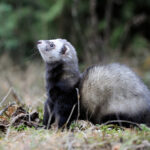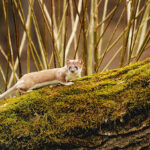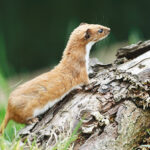5 surprising things about ferrets in New Zealand (and why they are such a threat to native manu)
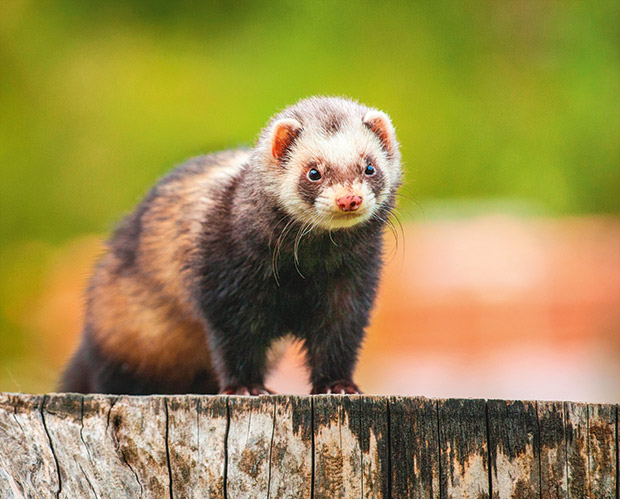
New Zealand has the largest known population of feral ferrets in the world.
Words: Ruby Fenwick, predatorfreenz.org
Ferrets are the largest of the three mustelids (including stoats and weasels) introduced to New Zealand. These predators have a devastating effect on our native wildlife.
1. New Zealand has the largest known population of feral ferrets in the world
And their numbers are increasing. Ferrets are not as widespread as stoats but are found across most of NZ. They live in open country such as pasture, scrubland, coastal areas, and on forest fringes where rabbits flourish.
However, recent research has found ferrets in some Northland forests, and there are increasing reports of them making their way deep into forest areas. This is concerning as these voracious predators can get a ‘taste’ for kiwi, and become like rogue dogs – killing a kiwi each week, according to DOC.
2. Ferrets can kill an adult kiwi
Ferrets are one of the few introduced predators that will kill an adult kiwi. The death of any kiwi is devastating, but losing an adult kiwi is particularly damaging. Only a tiny proportion of kiwi chicks reach adulthood – fewer than 5%. Kiwi can live for 40-50 years and can lay up to 100 eggs in their lifetime, so when an adult kiwi dies, it has a serious and enduring impact on future numbers.
3. Ferrets are responsible for 18% of deadly attacks on ground-nesting birds in the Mackenzie Basin
Researchers used video surveillance to monitor 164 clutches of native shorebirds, including dotterel, black-fronted terns, and the critically endangered kakī (black stilt). Of 77 recorded deadly events, 18% were eggs or chicks predated by ferrets.
Ferrets prey on many other native birds, including the eggs and chicks of toroa (royal albatross), hoiho (yellow-eyed penguin), kororā (little blue penguin), and tōrea pango (variable oystercatcher). Ferrets can also eat large numbers of endemic mokomoko (lizards), especially our native skinks.
4. Ferrets don’t control rabbits – it’s the other way around
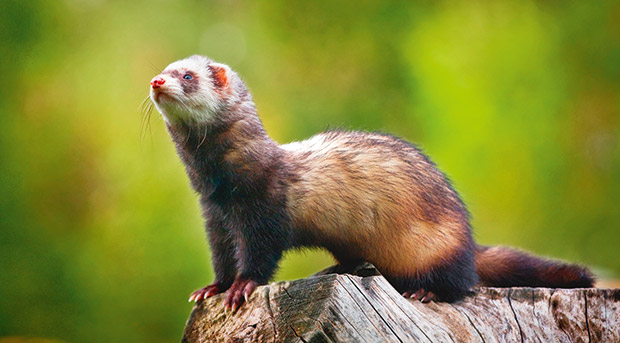
Rabbits are the main prey of ferrets, so it seems logical that rabbit numbers would increase without those predators. However, research shows that weather, disease, and food abundance are the main factors that limit a rabbit population.
Predators can sometimes limit the rate of recovery of a rabbit population following drought or disease. However, predation usually has relatively little impact on rabbit numbers as it simply can’t keep up with their rapid breeding.
Therefore, ferret populations are limited by the number of rabbits, known as a bottom-up system – it’s the number of rabbits that determines how many predators can survive. Getting rid of ferrets won’t necessarily make your rabbit problem worse in the long term, but getting rid of rabbits can help control predator numbers.
5. Ferret bedding is used to attract ferrets or other mustelids to traps
Trappers will often change out lures to keep traps interesting and attractive to predators. Sometimes, ferret bedding is placed inside traps to attract stoats or ferrets.
A 2017 study on a Hawke’s Bay farm revealed that stoats and other animals like hedgehogs are drawn to the odour of ferrets. Researchers collected the ferret’s odour on a towel from their bedding and used it in traps along with the typical rabbit meat lure.
The results showed significant increases in the length of time the stoats and other animals visited the area, and in the number of animals detected.
FERRETS VS STOATS VS WEASELS
- Ferrets: Large size, 500-1300g, 50-60cm (adult, nose to tip of tail), stocky build, black face mask.
- Stoat: Long tail with a black tip that’s often bushy, 200-325g, 25-40cm (adult, nose to tip of tail), straight line between brown and white fur.
- Weasel: Short brown tail, looks similar to a stoat but much smaller, 22-25cm (adult, nose to tip of tail), 60-130g, wavy line between brown and white fur.
Love this story? Subscribe now!
 This article first appeared in NZ Lifestyle Block Magazine.
This article first appeared in NZ Lifestyle Block Magazine.
